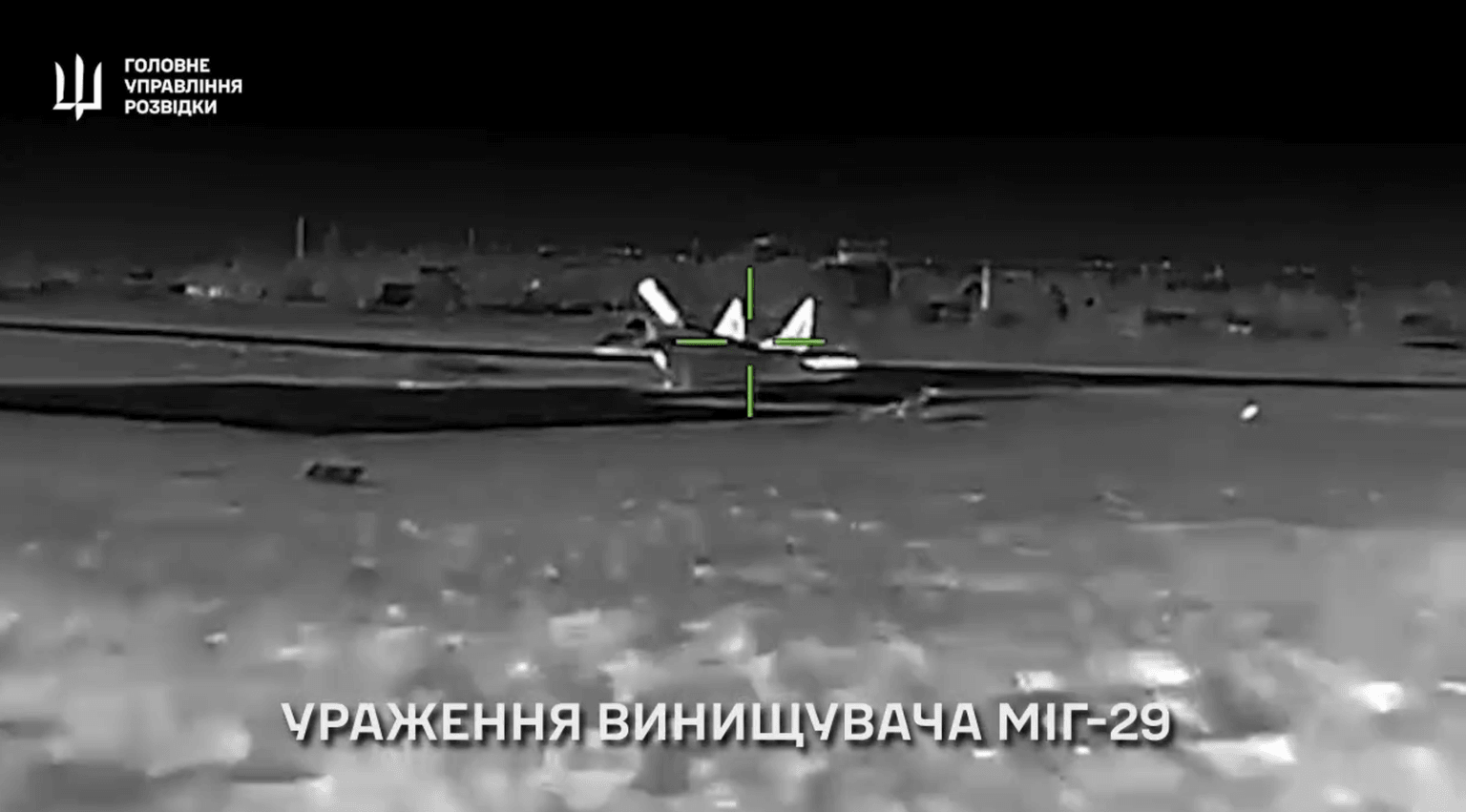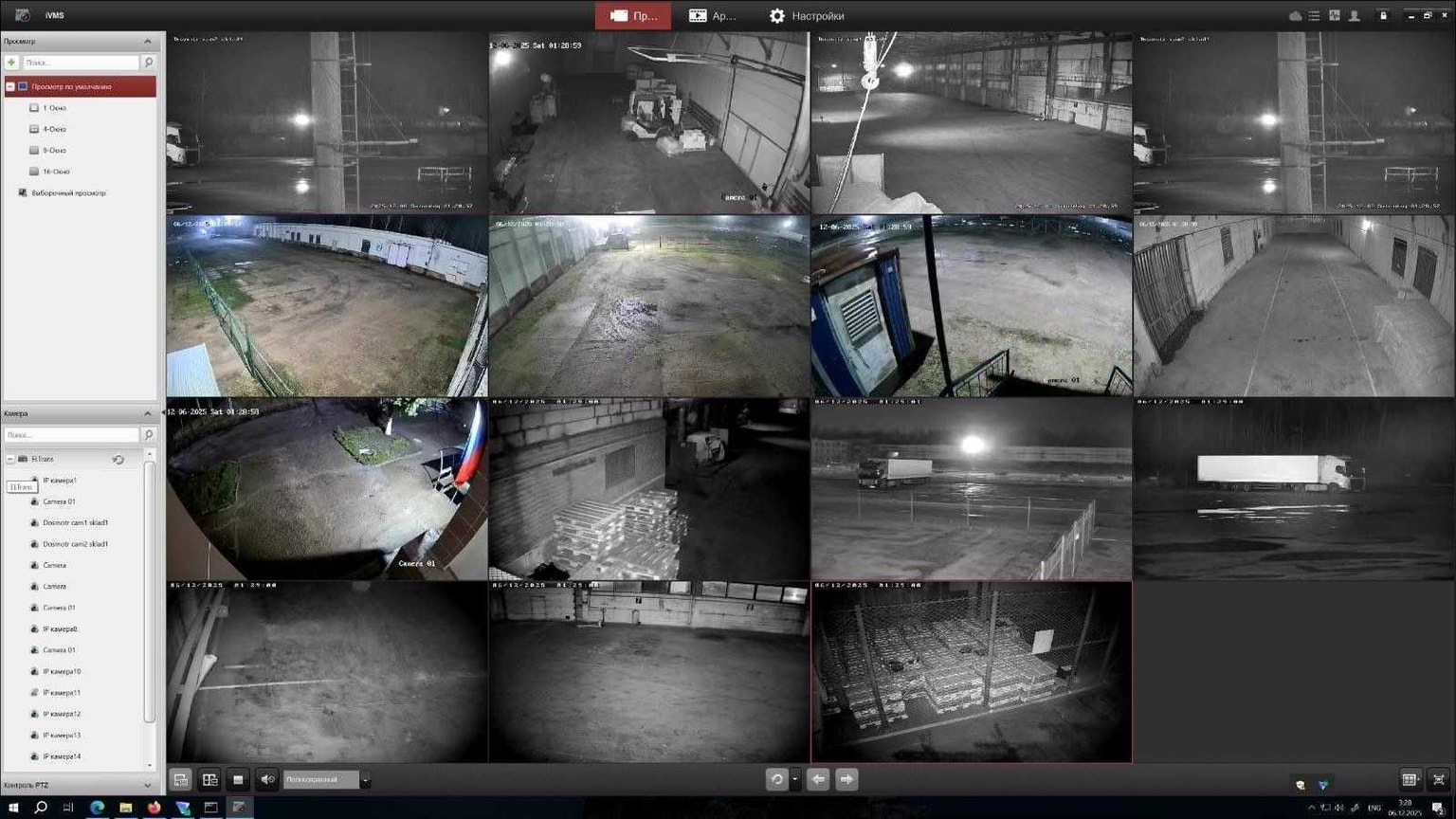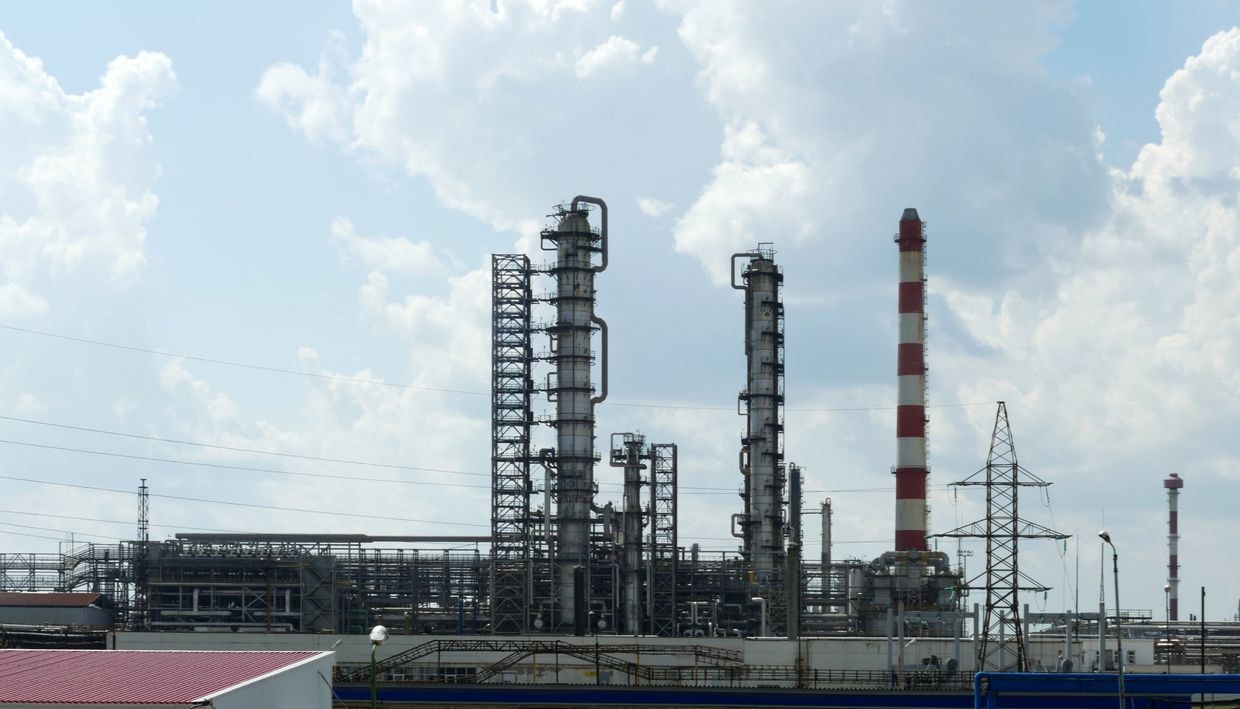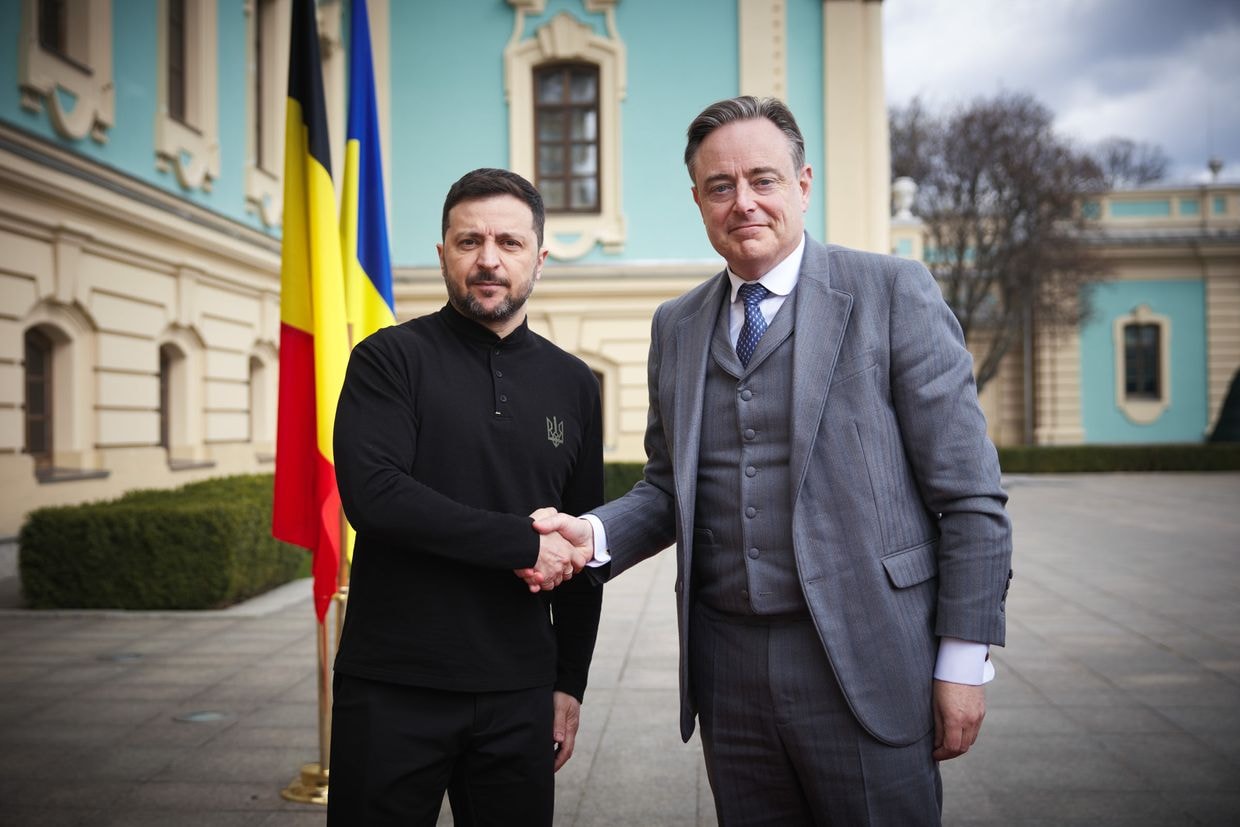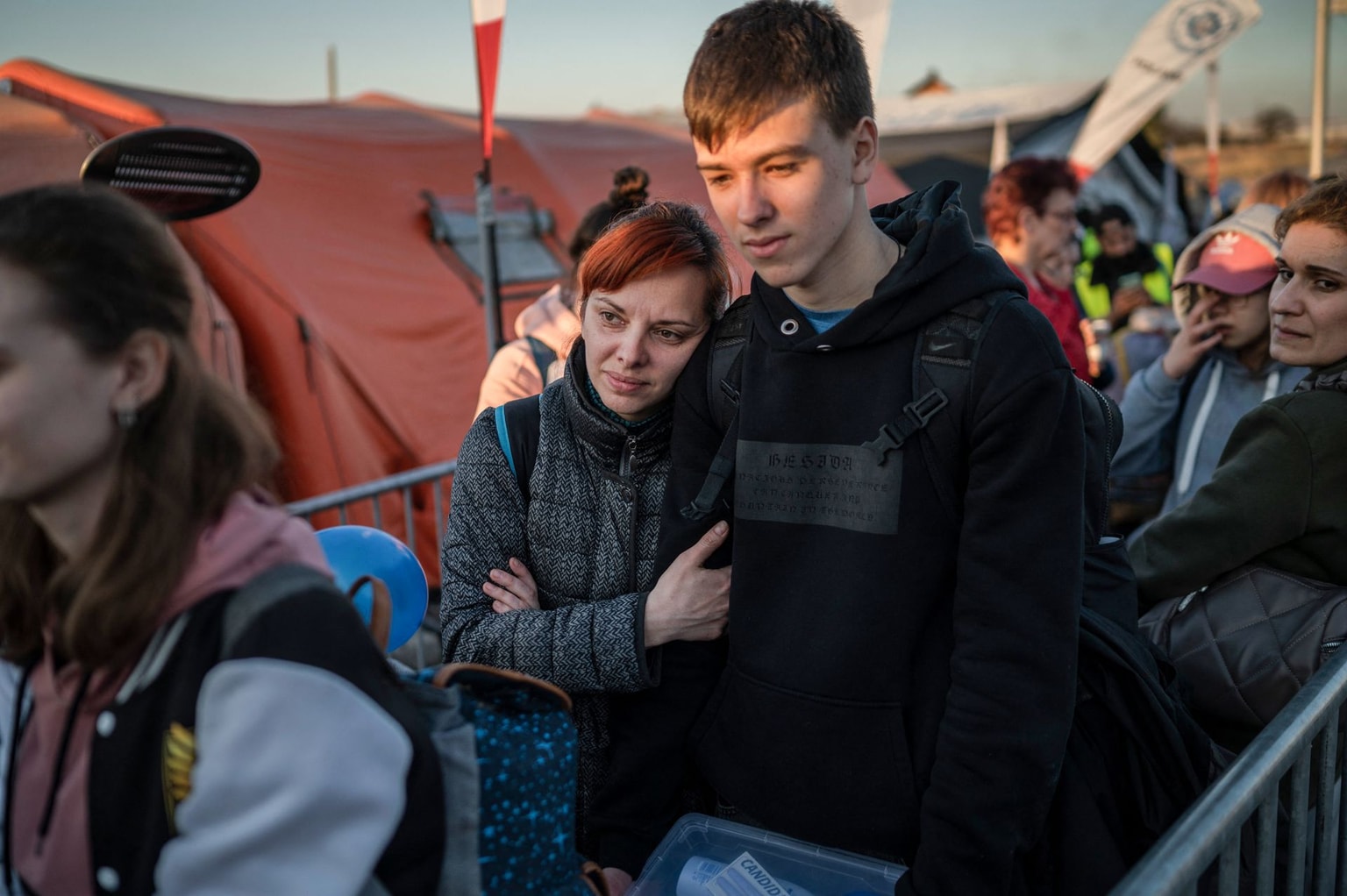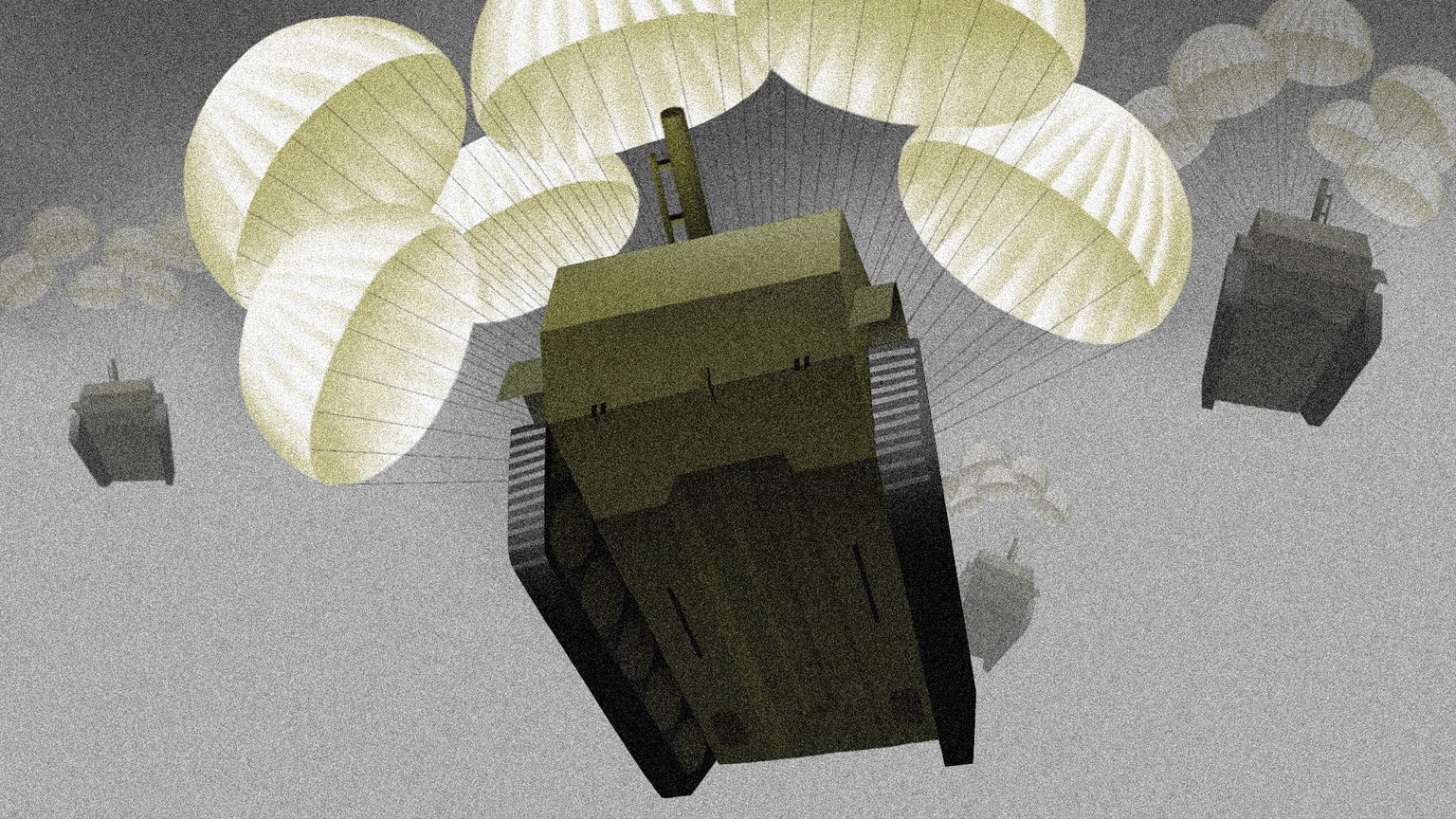
Opinion: Answering your burning questions on Russia's frozen assets
A view of the Russian central bank headquarters in downtown Moscow, Russia, on May 26, 2022. (Natalia Kolesnikova/AFP via Getty Images)
There’s so much news and noise on the issue of using frozen Russian assets for Ukraine, so I thought it useful to put out a quick Q&A on the issue.
How much money are we talking about?
There are around $320 billion in Russian central bank assets currently immobilized in Western jurisdictions. If you include oligarch assets, the total amount is nearly $400 billion.
Around two-thirds of these assets are in the European Union, mostly in France and Belgium, due to the role played by the financial depository Euroclear. The rest is distributed across the U.K., U.S., Japan, and Switzerland.
To put this into perspective, $486 billion is the last World Bank estimate of the reconstruction costs for Ukraine from the damage wrought by Russia’s full-scale invasion. Russian assets would also cover four years of the current cost of supporting Ukraine amid the war, which is running at around $100 billion per year.
Why have these assets not already been seized and allocated to Ukraine?
Where do I start? Getting our leaders to do what’s required and pretty obvious is like pulling teeth.
Opposition to seizing and freezing Russian assets is varied. Concerns essentially rest on ensuring that the appropriate legal basis for seizing and allocating the funds exists, given sovereign immunity defenses for Russia. Sovereign immunity under international law stipulates that states cannot be subjected to the jurisdiction of another state’s legal system without its consent.
Other concerns include how it would impact the perception of the rule of law in Western jurisdictions, how it might impact the dollar and the euro as reserve currencies, and how Russia might retaliate by seizing Western assets in Russia.
I personally think all of these arguments are weak. They don’t stack up when compared to the national security imperative of ensuring Ukraine wins (or, at least, doesn’t lose) the war. Taking them one by one:
First, some have made the case that a state only benefits from sovereign immunity when it is abiding by international law. In this case, who could deny that Russia is clearly not? The argument goes that Russia’s sovereign immunity lapses until it returns to compliance with international law, and in the interim, its assets can be seized and allocated to Ukraine.
Second, laws are made by politicians and policymakers. If the laws necessary to seize and allocate Russian assets to Ukraine do not exist in Western jurisdictions, then they should be legislated for.
The U.S. tested such laws when presidential executive orders froze and seized central bank assets from the Saddam Hussein regime in Iraq and the Taliban in Afghanistan. If the West deems the threat posed by Russia to be existential, then it should be a national security priority to make the necessary changes.
Third, regarding the argument on the sanctity of the rule of law in the West, the question has to be asked about where the rule of law was when all of this dirty Russian money entered in the first place. It has been clear for over a decade what Russian President Vladimir Putin’s regime was – a fascist dictatorship.
The West should not be so sanctimonious about the rule of law. It accepted – even promoted itself to receive – laundered funds from jurisdictions where no rule of law existed, and once these funds arrived, they somehow became cleansed and protected by the rule of law. Double standards.
Fourth, let’s get into the perceived reserve currency threat. The fear is that other authoritarian regimes with large central bank holdings in the West (e.g., China and the Gulf) might worry that their assets can be similarly seized and move these assets, thereby destabilizing the dollar, euro, or pound.
There is little evidence so far that this is a real risk, given the West has already indicated that Russia is never getting its seized assets back. The reality is also that China and other authoritarian regimes have limited options of where to park their trillions in FX reserves.
One might actually argue that, by acting now to penalize Russia for its actions in Ukraine, the West will send exactly the right message to other authoritarian regimes not to partake in invasions, war crimes, and genocide, or their assets will be seized. If these regimes want to keep their assets safe in Western jurisdictions, they have to abide by international law.
Fifth, stranded Western assets in Russia, which amount to below $100 billion, are dwarfed by the $400-some billion of Russian funds in the West. Meanwhile, Russia is already moving to confiscate Western assets via forced sales.
In any event, the question should be why Western national and security interests are put behind those of Western businesses that made bad calls by investing in Russia in the first place. The writing was long on the wall, but these Western businesses chose to remain invested in a country headed by a fascist regime. They shouldn’t now be bailed out by Western taxpayers.
There is certainly bureaucratic inertia in Western central banks and treasuries. It’s easier in the short term, perhaps, to say no. Another problem is that many decisionmakers are those for whom national security is not a specialty or else have long gotten the Russia call wrong.
What’s the alternative?
Now, we get to the crux of the matter. I would turn the question on its head and ask opponents what the alternative is to using immobilized Russian assets to ensure Ukraine’s victory in the war and its successful reconstruction.
The starting point has to be the math of what it takes to support Ukraine, which is roughly $100 billion per year during the war. Assuming peace, and a likely reconstruction bill of $500 billion-plus, I make the annual cost of support for Ukraine $50 billion in peace.
The West is already struggling to cover the annual $100 billion bill, roughly half of which is covered by the U.S. With the $60 billion in funding for Ukraine stuck in Congress and the real prospect of a Donald Trump presidency pulling the plug on Ukraine financing, how is the shortfall going to be met?
The EU only just managed to secure an agreement for a 50-billion-euro ($54 billion) funding package for Ukraine at the last minute. With stiff opposition from Hungarian Prime Minister Viktor Orban and European elections looming, this will likely only get more difficult.
What about the EU scheme to use the interest from immobilized Russian assets for Ukraine?
Well, at just 3-4 billion euros ($3.3 billion-$4.4 billion) a year, the profit from frozen Russian assets doesn’t get close to the $100-billion ask during wartime.
One solution might be to invest the proceeds in higher-yielding assets. A portfolio of EM assets could generate a 10% yield but $30 billion-plus per annum for Ukraine.
An even better use for the immobilized Russian assets would be to buy recovery bonds issued by Ukraine – the underlying asset would still be owned by Russia, alleviating the rule of law and property rights issues. However, this method would give Ukraine access to all of the funds it needs to win the war.
What about ideas like the Liberty Bond?
There are rumors the U.S. might support using the interest stream on immobilized Russian assets to collateralize a bond program for Ukraine – potentially up to $50 billion. Other suggestions are for the Group of Seven (G7) states to lend Ukraine the frozen Russian assets until the war has ended and a reparations deal is agreed.
There are lots of ways to skin a cat, but my worry with these schemes is one of speed. They are complicated and will take time to construct. Ukraine's financing and military needs are now. Time is of the essence and, over two years into the full-scale invasion, the Group of Seven (G7) is still twiddling its thumbs.
What about issues on equity and fairness?
The obvious moral stance should be that Russia should pay for its crimes and the destruction it has wrought on Ukraine. Using immobilized Russian assets for Ukraine's recovery should be a first installment on eventual reparations.
But it goes beyond this. Western governments are currently using their own taxpayers' money to fund Ukraine, rather than tapping the ready Russian cash available in Western bank accounts. This suggests that Western governments seem to make Russian taxpayers' funds senior to those of their own citizens. Pretty extraordinary.
Similarly, private creditors are being asked to haircut debt owed by Ukraine, again because Western governments don't want to use Russian taxpayers' money. The willingness of our politicians to put the Russian taxpayer above the Western taxpayer should be a huge scandal.
What happens if solutions are not found?
Well, if frozen Russian assets are not used for Ukraine, Ukraine loses. In that case, the long-term costs for the West are multiples larger. Obviously, the consequences are even bigger for Ukraine, as it will cease to exist.
If Ukraine loses this war, Russian tanks will move West, threatening the Baltic states and Poland. NATO defense spending will have to increase by as much as 1% of GDP per annum, which could add well over $100-200 billion (if not much more) to annual Western defense spending.
A Ukrainian defeat would see millions of Ukrainians move West, causing social, economic, and political instability across Europe and further fuelling right-wing populism. Wars could break out around the world as countries try to carve out their own pieces of territory.
The irony is that the European Central Bank is worried that allocating immobilized Russian assets to Ukraine would undermine confidence in the euro as a reserve currency, but the bigger risk would be of a Ukrainian defeat and what that would mean for Europe. If Russia wins in Ukraine, the euro will collapse.
Will frozen Russian assets be allocated to Ukraine?
Absolutely. Allocating frozen Russian assets to Ukraine will eventually make it to Kyiv, just like the F-16 fighter jets, Leopard tanks, HIMARS, and Javelins. Western decisionmakers try to do everything in their power not to do the obvious, but they are eventually left with no choice but to do what they must – albeit too little, too late.
In the end, it boils down to the fact that Western decisionmakers consistently fail to understand the threat posed by Russia and the risks if Ukraine is allowed to fail. They consistently fail to understand what is required to win this war. Clarity of thought and leadership are sadly lacking. Shame on them, and sad for Ukraine.
Editor’s Note: The opinions expressed in the op-ed section are those of the authors and do not purport to reflect the views of the Kyiv Independent.


